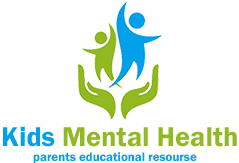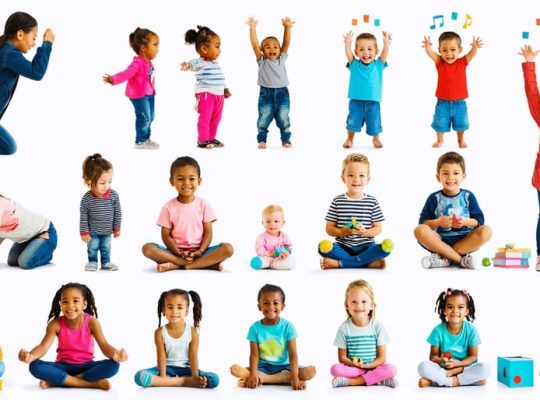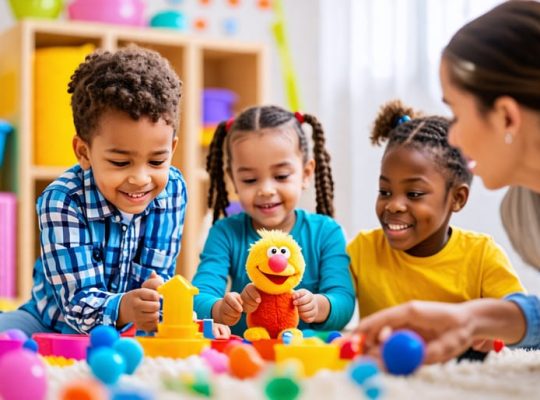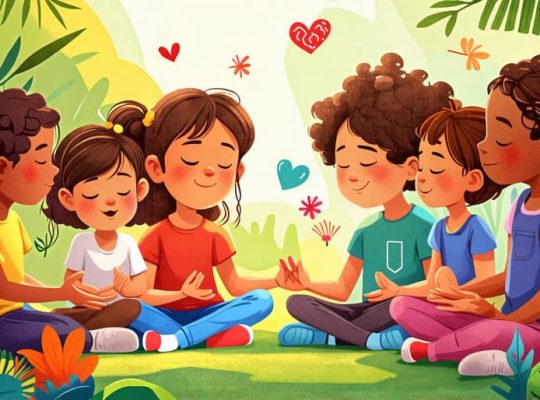How Role Play Shapes Your Child’s Emotional Growth (A Parent’s Guide)
The Psychology Behind Role Play: More Than Just Pretend
How the Brain Processes Role Play
When children engage in role play, their brains activate multiple cognitive networks simultaneously. Research shows that the role of play in child development involves complex neural processes, particularly in the prefrontal cortex, which manages executive functions like planning and decision-making.
During role play activities, children’s brains create new neural pathways as they imagine different scenarios…










